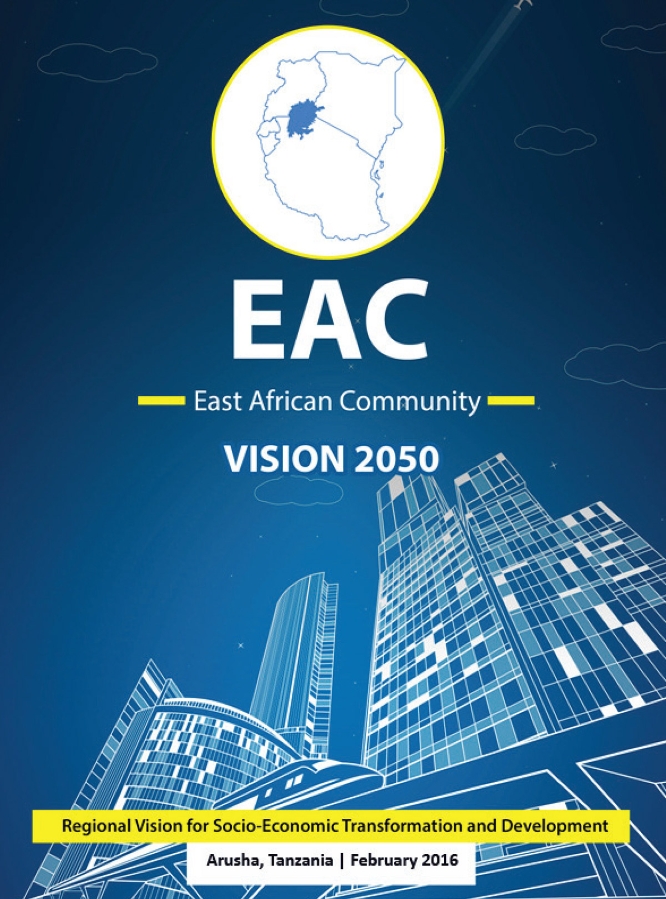As the East African Community celebrates its silver jubilee, it has occured that majority of residents in the member states are still afraid to live in towns and cities.
As it happens people in the eight East African Community member states could be enjoying regular trips to towns, visiting friends or relatives and occasionally for shopping but that is about it really.
Most residents of East Africa love their rural homes.
Even when they travel to towns or cities for whichever reason, they eventually go back to their rural abodes and continue enjoying the serene life that their villages offer.
Very few East Africans seem to be interested in adopting urban survival skills.
Well at least, this is according to the report contained in the EAC Vision 2050 documents.
“East Africa’s urbanization rate is significantly lower than the Sub-Saharan average and even with 73 million East Africans expected to be living in urban areas in 2030, this will only constitute less than 30 percent of the total population in the region.”
According to the EAC 2050 Vision the figure is well below the projected average of around 50 percent for Sub-Saharan region.

The East African Community’s Vision 2050 report indicates that the joint average urban population in Tanzania, Kenya, Rwanda, Uganda and South-Sudan is expected to increase from 39 percent recorded four years ago in 2014 to 70 percent by the year 2050.
But of course, the study report contained in the EAC Vision 2050 was done before the Democratic Republic of Congo and Somalia joined the Arusha-pivoted community.
Despite the projection as documented in the EAC Vision 2050, urbanization is however still growing in the region, albeit on slow pace, with Tanzania being the most urbanized country in the East African Community.
According to the report, least 27 percent of Tanzanians are living in towns and cities, compared to 22 percent in Kenya; 20 percent for Rwanda; 13 percent for Uganda and a measly 6 percent in Burundi, with no figures available for South-Sudan the newcomer which joined the Arusha pivoted community last year.
Experts at the community believe that with the ongoing improvement of social and public services in rural areas, such as roads, electricity, education and water, even less people will be interested in leaving their village cocoons for the city lights.
The EAC is home to an estimated 302.2 million residents, of which over 30 percent is urban population. With a land area of 5.4 million square kilometres and a combined Gross Domestic Product of USD 312.9 billion
The East African Vision 2050 calls for proper urban planning in the region to respond to expected growth of mega-cities in the region in 32 years from now and that while at it, shared standardization needs to be set for cities of the future in the region
That is in order to maintain harmonized service delivery for urban dwellers and to ensure coherence in standards for the structure and architecture of the cities for the future.

